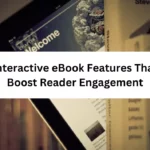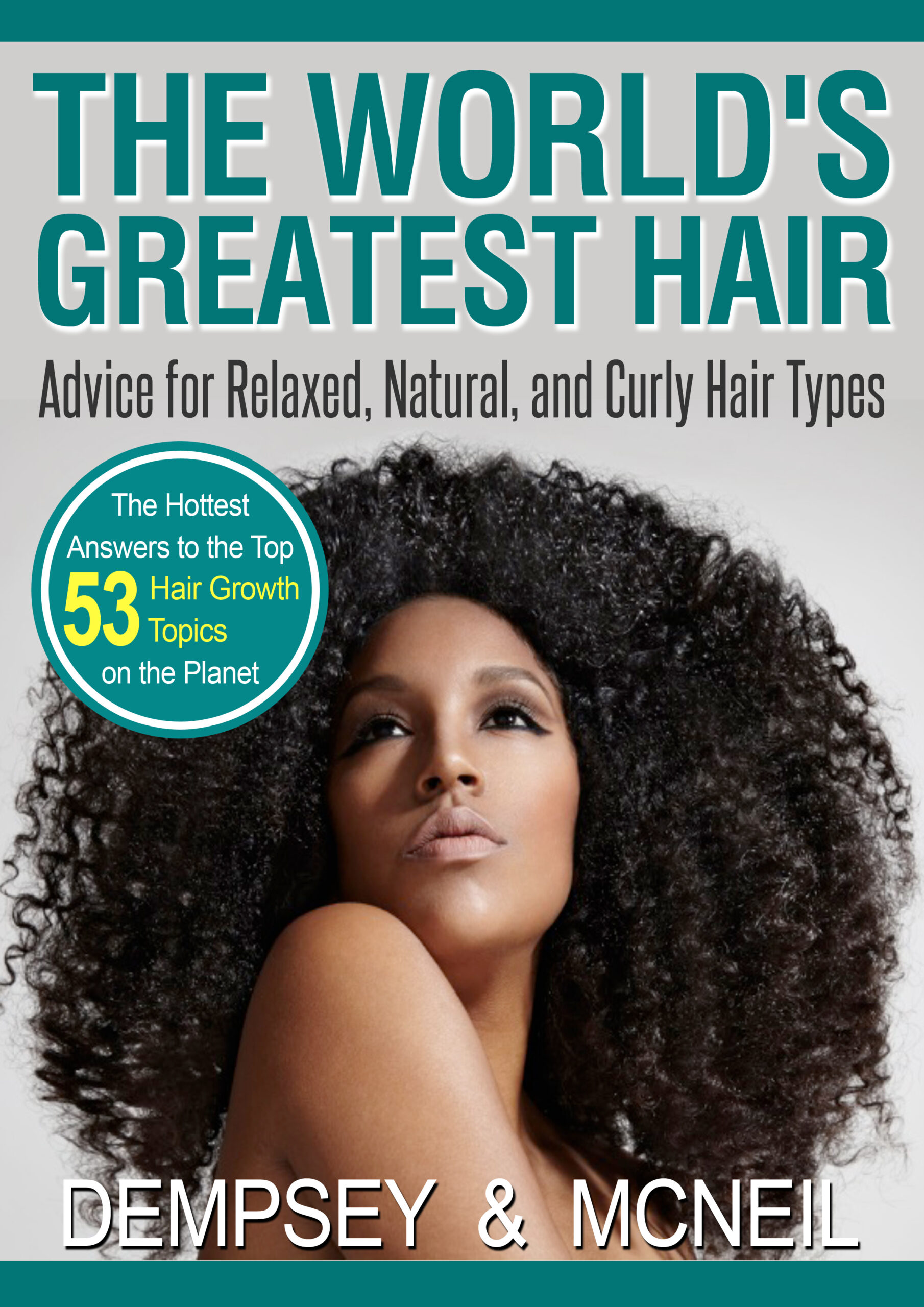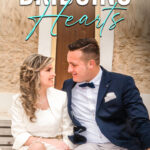
Blog Content Outline: Alternative Pricing Models for Ebook Monetization
October 21, 2023

As an avid reader and aspiring writer, I’ve always been fascinated by the world of ebook monetization. Traditional pricing models have their limitations, but fear not! There are alternative strategies that can revolutionize how authors and publishers make money from their digital creations.
May you also like this: Interactive eBook Features That Boost Reader Engagement
Content
Fixed Pricing Model: Exploring the Steady Path
In my journey as a writer, I’ve come across various pricing models that authors and publishers use to monetize their ebooks. One such model is the fixed pricing model, which offers a straightforward approach to selling digital content.
Explanation of the Fixed Pricing Model

The fixed pricing model entails setting a specific price for an ebook and maintaining it over time. This means that regardless of demand fluctuations or market dynamics, the price remains constant. It provides a stable foundation for both sellers and buyers.
As an author utilizing this model, you have control over determining the value of your work based on factors like content quality, genre popularity, or your brand reputation. By assigning a single price point to your ebook, you establish consistency in what readers can expect.
Advantages of the Fixed Pricing Model
- Simplicity: The fixed pricing model is easy to understand for both authors and consumers alike. There are no complex formulas or calculations involved.
- Price Integrity: Maintaining a consistent price helps build trust with readers who appreciate transparency in their purchasing decisions.
- Familiarity: Many customers are accustomed to traditional retail practices where products have set prices; therefore, they find it comfortable and familiar when buying ebooks.
Disadvantages of the Fixed Pricing Model
- Lack of Flexibility: With fixed pricing comes limited room for adjustment according to changing market conditions or customer demands.
- Potential Revenue Loss: If demand exceeds expectations for an ebook priced too low under this model, authors may miss out on potential revenue gains.
Case Studies/Examples
- In his science fiction series “Galactic Chronicles,” author John Anderson successfully implemented the fixed pricing model by keeping all his ebooks at $4.99 each across different volumes. This consistency helped establish him as a trusted author within his niche while providing readers with predictability in terms of pricing.
- Another notable example is the bestselling romance novelist Sarah Roberts, who priced all her ebooks at $2.99 regardless of length or popularity. This approach allowed her to build a loyal fanbase and maintain steady sales without confusing readers with varying prices.
Subscription-Based Model:
In my journey as an avid reader, I’ve discovered a fascinating pricing model that has transformed the way we access and enjoy ebooks – the subscription-based model. Let’s dive into this captivating approach to ebook monetization.
Overview of Subscription-Based Ebook Services

Subscription-based ebook services like Kindle Unlimited have revolutionized how readers consume digital content. For a fixed monthly fee, subscribers gain unlimited access to a vast library of ebooks spanning various genres and authors. It’s like having a personal bookshelf filled with endless possibilities!
Pros and Cons for Authors/Publishers and Readers
For Authors/Publishers
- Increased Exposure: By enrolling their ebooks in subscription services, authors/publishers can reach a wider audience who may not have discovered their works otherwise.
- Steady Income Stream: The recurring revenue from subscriptions provides financial stability for authors/publishers compared to relying solely on individual ebook sales.
For Readers
- Cost-effectiveness: Subscriptions offer excellent value for money, allowing readers to explore diverse titles without breaking the bank.
- Discoverability: With an extensive catalog at their fingertips, readers can discover new authors, genres, or even niche topics they might not have considered before.
However, it is important to note some potential downsides:
- Lower Royalties: Authors/publishers often receive lower royalties per read compared to direct sales.
- Limited Control over Pricing: Under these models, prices are determined by the service provider rather than individual creators.
Real-Life Examples from Successful Platforms
- Amazon’s Kindle Unlimited: With millions of subscribers worldwide, Kindle Unlimited offers an expansive collection of books across all genres. This platform has provided independent authors with increased visibility while delighting readers with its affordable subscription model.
- Scribd: Known as “the Netflix of Books,” Scribd boasts an impressive library of ebooks, audiobooks, and even sheet music. Its subscription model has gained popularity among readers seeking a diverse range of content.
Pay-as-you-go Model: Unlocking the World of Microtransactions
In my experience as both a writer and reader, I’ve encountered various pricing models for ebooks. One intriguing approach that has gained popularity is the pay-as-you-go model, also known as microtransactions. Let’s dive into this fascinating concept and explore its benefits, drawbacks, and real-life success stories.
Exploring the Concept of Pay-as-you-go or Microtransactions

The pay-as-you-go model offers readers the flexibility to purchase content in smaller increments rather than committing to buying an entire ebook upfront. It allows them to unlock chapters, sections, or even individual pages based on their specific interests or needs. Imagine having full control over what you pay for!
Benefits and Drawbacks Compared to Other Pricing Models
Benefits
- Personalized Experience: Readers have the freedom to choose precisely what they want to read without investing in an entire book.
- Affordability: The ability to buy bite-sized chunks of content can make reading more accessible and cost-effective.
Drawbacks
- Fragmented Reading Experience: With microtransactions, readers may miss out on the continuity and flow that comes with reading a complete work.
- Potential Cost Accumulation: While individual purchases may seem affordable at first glance, cumulative spending on multiple microtransactions could add up quickly.
Success Stories of Authors Who Have Implemented This Approach
- In his fantasy series “Realm Adventures,” author Mark Thompson introduced a pay-as-you-go option where readers could unlock each chapter for $0.99 instead of purchasing the whole book upfront. This approach appealed to budget-conscious readers who wanted a taste before committing fully.
- Author Jane Roberts experimented with microtransactions by allowing readers to purchase individual short stories from her collection rather than bundling them together in one volume. This strategy attracted readers looking for quick reads during their commute or lunch breaks.
By implementing these approaches, both authors were able to cater to readers’ individual preferences while generating revenue from smaller transactions.
The pay-as-you-go model offers a unique way for readers to enjoy ebooks at their own pace and budget. While it may disrupt traditional reading patterns, this innovative approach has proven successful for authors who understand their audience’s specific needs and preferences. It’s like having a virtual bookstore where you can pick and choose exactly what captures your interest!
Related Suggestion: Building a Loyal Reader Community for Ebook Authors
Conclusion:
In my exploration of alternative pricing models for ebook monetization, I’ve discovered a world filled with diverse options. From the simplicity of fixed pricing to the unlimited possibilities offered by subscription-based services and the flexibility of pay-as-you-go models, authors and publishers have an array of strategies at their disposal. Each approach has its own advantages and drawbacks, catering to different reader preferences and market dynamics. By embracing these innovative models, creators can forge new connections with readers while providing them with unique experiences in the ever-evolving landscape of digital publishing.
What is a fixed pricing model for ebooks?
The fixed pricing model involves setting a specific price for an ebook and keeping it constant over time. This provides stability and transparency to both authors/publishers and readers, with no fluctuation in prices based on demand or market conditions.
How does the subscription-based model work?
Subscription-based models, like Kindle Unlimited, offer readers unlimited access to a library of ebooks for a monthly fee. Subscribers can explore various genres and authors without purchasing individual books separately, providing cost-effectiveness and convenience.
What are the benefits of the pay-as-you-go model?
The pay-as-you-go or microtransaction model allows readers to purchase smaller segments of content instead of buying entire ebooks upfront. This offers flexibility in choosing what to read while making reading more affordable by paying only for selected portions.
Are there any drawbacks to alternative pricing models?
While alternative pricing models have their advantages, they may come with certain limitations as well. For example, fragmented reading experiences can occur when using the pay-as-you-go approach, where continuity might be disrupted by purchasing sections individually.
Can you provide examples of successful implementation?
Authors like Mark Thompson (Realm Adventures) have successfully implemented the pay-as-you-go approach by allowing readers to unlock chapters at a lower cost before committing fully. Similarly, platforms such as Amazon’s Kindle Unlimited and Scribd have gained popularity among readers seeking affordability and diverse content options through subscription-based services.

Off-road enthusiast, adventurer, and nature lover – that’s Chris. Follow him as he conquers rugged terrains and shares the untamed beauty of the great outdoors through the lens of his trusty all-terrain vehicle.





















